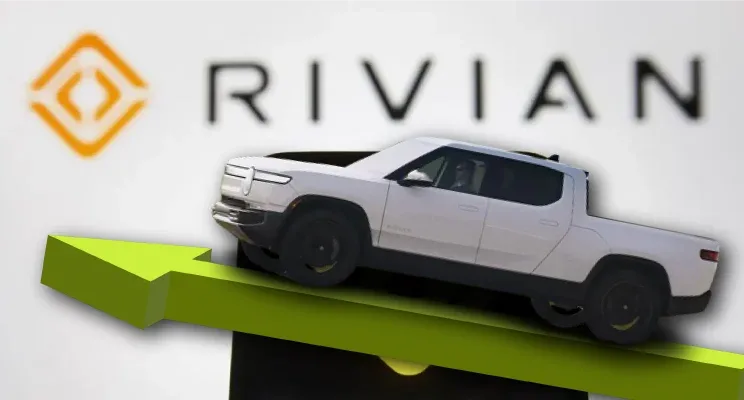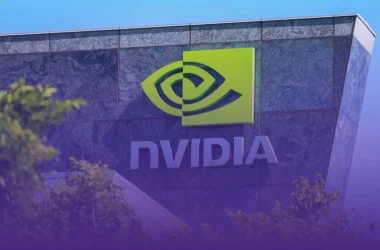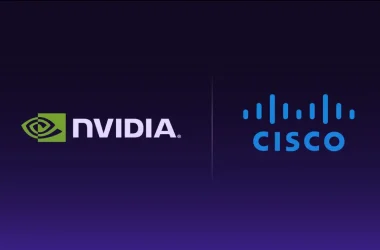Rivian Automotive, Inc. (NASDAQ: RIVN) has been making strides this year as it has successfully increased its production and deliveries quarter over quarter throughout 2023. Despite the company’s impressive performance this year, its stock fell by as much as 33% since early October after it announced its intention to raise up to $1.725 billion in 3.625% green convertible senior notes due 2030. The EV startup raised the maximum amount it could from this offering, and with the offering something of the past, its PPS has the potential to recover thanks to its cost-saving endeavors that should allow it to post a gross profit in 2024 per management’s expectations. Given management’s track record of delivering on its promises, this dip could be an opportunity to go long on RIVN stock, especially with its Q3 earnings set to be released on November 7th.
RIVN Stock News
Persistent Cash Burn
Ever since its inception, Rivian has been burning substantial amounts of cash as it is focused on manufacturing its vehicles using the best possible parts and technology. At the beginning of 2023, the company had $11.5 billion in cash on hand which dwindled to $9.2 billion by the end of Q2. That said, the company reported $942 million in short-term investments in the form of US Treasury securities and time deposits which boosted its liquidity position to $10.2 billion – meaning that it burned through $1.3 billion in the first half of the year.
This issue is still persistent as Rivian projected its cash, cash equivalents, and short-term investments to be $9.1 billion in Q3 in a recent SEC filing, meaning it burned through an additional $1.1 billion in the quarter. As such, it appears that the recent capital raise was necessary especially when considering that the EV startup’s priority is to maintain a strong balance sheet while scaling its future plans of launching its R2 models and its Georgia facility which is expected to begin producing vehicles in 2026.
With this in mind, the company expects its liquidity position to be sufficient to fund its operations and capital expenditures through 2025. This is why I expect the EV startup to raise capital at least one more time in the future since it will have to burn cash to scale production in the Georgia facility. This may add pressure on the company since if it raises capital by selling equity, it would be diluting its shareholders, while if it heads to the debt market to raise capital, it risks its profitability prospects due to the high interest rates.
Despite this, Rivian’s long-term prospects may still be bullish thanks to its management delivering on its promises as well as its ongoing and planned cost-saving measures that should allow it to start making money on the vehicles it sells.
On the Right Track Towards Positive Margins
Rivian is currently losing $33 thousand on every vehicle it sells per a recent Wall Street Journal report. This has led the company to task its engineers with cutting up to $40 thousand per vehicle in parts and production expenses per the same report. However, the company is still confident in its ability to achieve a gross profit by the end of 2024.
That being said, Rivian has been making strides in improving its per-unit profitability as its gross profit per vehicle improved by $35 thousand in Q2 2023 due to cost reductions across materials, manufacturing, labor, overhead, and logistics, according to the company’s Q2 earnings call. Based on this, its gross margin improved substantially YoY from -193.41% to -36.75%.
It is worth noting that the company’s cost of revenue included a $220 million charge to reflect the LCNRV of inventory and losses on firm purchase commitments. This means that the EV startup’s gross margin would have been -17.13% without accounting for the charge which shows the impressive job done by management to improve per-unit profitability.
| (in millions) | |
| Revenue | $1,121 |
| Cost of Revenue | $1,533 |
| Gross Margin | -36.75% |
| LCNRV Charge | 220 |
| Cost of Revenue excluding LCNRV | $1,313 |
| Adjusted Gross Profit | -$192 |
| Adjusted Gross Margin | -17.13% |
Considering that Rivian expects it won’t have material LCNRV inventory charges and losses on firm purchase commitments associated with goods manufactured at its Normal facility by the end of 2024, its target of positive gross margins by the end of 2024 appears to be realistic, especially since it is taking more measures that will further improve its per-unit profitability.
Consolidating ECUs
One of the biggest areas of improvement Rivian is making is its network architecture and consolidating a number of its ECUs into a smaller number of ECUs. These ECUs are little computers that have a specific set of functions that they control and they are found in all modern cars. The number of ECUs per vehicle has grown tremendously as automakers have been racing to add more technology to their vehicles which increases the cost of manufacturing a vehicle.
As part of its hardware upgrade, Rivian is switching to a “zonal control architecture” which means that instead of an ECU having a specific role, the computers are tasked with zones or regions within the vehicles – reducing the number of ECUs and improving efficiency in turn. Ultimately, Rivian intends to reduce the number of ECUs in the vehicle by 60% which would result in a 25% reduction in the wiring harness length in the vehicle as detailed in the Q2 earnings call. The result of this is cost savings worth “multi-thousand” per vehicle according to CEO RJ Scaringe.
Integrating Enduro Motors
Another measure Rivian is taking to save costs is integrating its own Enduro drive – which was designed for the Amazon front-wheel-drive electric delivery vans – into its commercial vehicles. The Enduro motor is intended to be the basic motor used for the upcoming R2 vehicle platform that is expected to roll out in 2026 which will be geared toward smaller and more affordable vehicles that will broaden Rivian’s market reach.
However, by integrating Enduro into its existing vehicles, the company is effectively saving costs while providing its vehicles with a performance edge. Currently, the original Bosch-supplied quad-motor still boasts the best figures with 835 horsepower. In comparison, the dual-motor Enduro delivers 533 horsepower while the performance version provides 665 horsepower.
Max Battery Packs
Although the Enduro-equipped trims pale in comparison to the quad-motor trim, Rivian has made its Max battery available for both trims which can be interpreted as the company making these trims more attractive while showcasing its capabilities ahead of the launch of R2 vehicles.
Through the Max battery, the Rivian R1S SUV features a range of 400 miles which makes it the longest-range seven-passenger electric SUV on the market. Meanwhile, the Max battery provides 410 miles for the R1T pickup truck – making it the longest-range electric pickup on the market. The Max battery costs an additional $10 thousand over the Large battery and $16 thousand more than the smallest battery option. As these trims have a higher price point while costing less due to the inclusion of in-house Enduro motors, Rivian may further improve its gross margins in Q4 2023 since deliveries of R1S with the Max battery will start later this fall.
Switching to LFP Batteries
Rivian is also committed to switching its vehicles to LFP batteries from traditional NCM batteries, a move it already started implementing with its Amazon electric delivery vans earlier this year. This move will significantly drive down costs since LFP batteries are much cheaper than their NCM counterparts as iron phosphate, which is abundant and widely available, is one of the materials used in the production of LFP batteries. In contrast, NCM batteries use materials like cobalt and nickel which are more expensive and in limited supply.
Additionally, all the minerals used in LFP batteries can be obtained in North America which means much lower transportation costs and a more secure supply chain. This is due to manganese being mostly sourced from China while cobalt is mainly found in the Democratic Republic of the Congo where the cobalt mining industry is under scrutiny due to human rights abuses. In this way, Rivian would manufacture its vehicles quicker – allowing for more production.
Once all of these actions are successfully completed, Rivian expects the impact on the cost structure of its R1 program to be similar to the reductions on the EDV program where the company achieved a 35% reduction in material costs jointly with the shutdown that happened at the beginning of the year.
On that note, Rivian is set to temporarily shut down its R1 line for retooling in the middle of 2024, per management in the Q2 earnings call. This shutdown should lead to lower costs while increasing the facility’s annual capacity from the current 65 thousand to 85 thousand and introducing new technologies. While the shutdown will certainly impact the company’s production and delivery figures in 2024, it will allow Rivian to implement the changes it needs to save costs and improve its chances of becoming profitable in the long term.
Valuation
Since Rivian is not profitable yet, using its forward P/S ratio to value it seems to be reasonable. As is, the EV startup is trading at 4.23 forward P/S which seems to be a bargain when comparing it to Tesla (Nasdaq: TSLA) which has nearly double Rivian’s forward P/S at 8.01. Moreover, when comparing Rivian’s forward P/S ratio with Lucid (Nasdaq: LCID), since both are EV Startups with negative margins, it also appears to be a bargain since Lucid boasts a forward P/S of 14.84 – more than triple that of Rivian. Based on this, Rivian may be at an extremely attractive valuation at current levels.
Risks
In addition to the company potentially raising capital again, there is another risk to the bullish thesis which is the current macro environment. With student loan repayments resuming last month after a 3-year pause, consumers may be forced to cut their spending to pay their debts which could leave fewer consumers able to buy a new vehicle. Considering that Rivian’s vehicles are considered to be luxury vehicles given their price point, its sales may be impacted which could see its margins deteriorate.
Media Sentiment
@charlotmakt is bullish on RIVN stock’s long-term prospects.
@DlVlDEND is anticipating a reversal in the RIVN stock price trend.
Technical Analysis
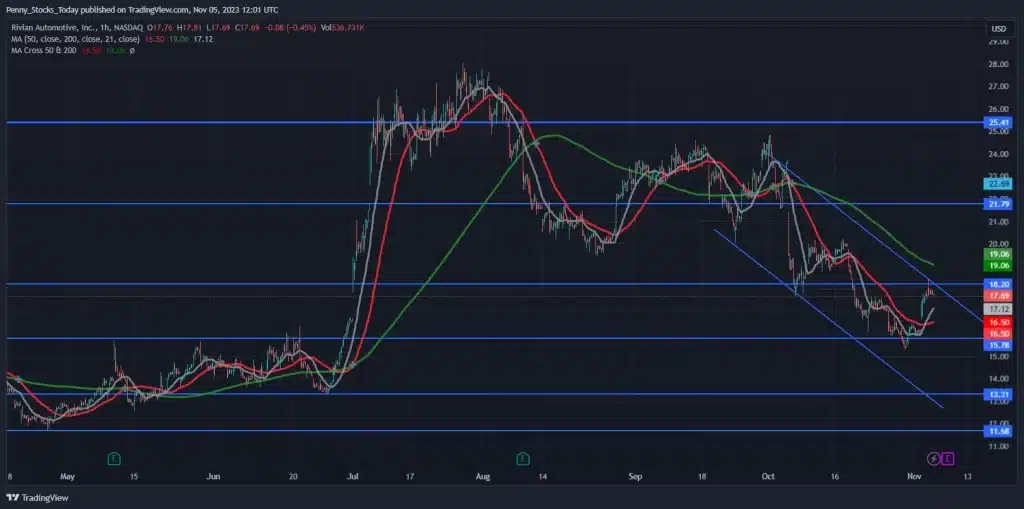
On the hourly chart, RIVN stock is in a bearish trend as it is trading in a downward channel. Looking at the indicators, the stock is above the 200, 50, and 21 MAs which is a bullish sign. Meanwhile, the RSI is approaching overbought at 66 and the MACD is approaching a bearish crossover.
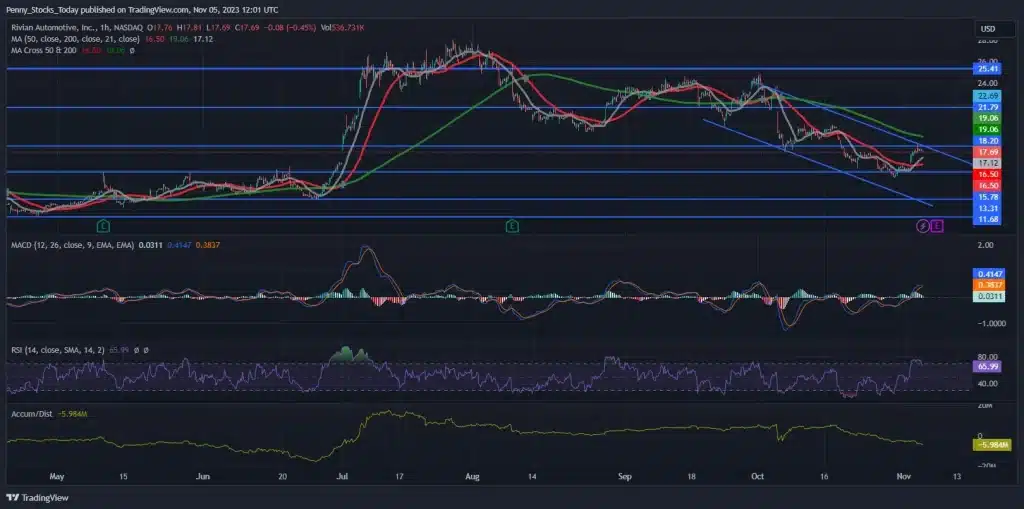
As for the fundamentals, the company’s upcoming Q3 earnings on November 7th will be a major catalyst as investors are anticipating further improvements in gross margin. This could be driven by Rivian’s efforts to save costs which will reflect on its profitability. As such, bullish investors could wait for a successful break of the upper trendline and the $18.2 resistance to go long on RIVN stock ahead of its earnings.
RIVN Stock Forecast
While Rivian’s cash burn rate and its potential to raise capital for at least one more time are risks to consider, the EV startup may be well-positioned to weather the storm thanks to its management’s efforts to improve its profitability prospects. The EV startup improved its gross margin significantly in Q2 2023 which shows that management’s initial actions are successful. With that in mind, the company will temporarily shut down its R1 line in the middle of 2024 to implement the changes that will help it post a positive gross profit by the end of 2024 by consolidating its ECUs, continuing to integrate Enduro motors into R1 vehicles, and switching to LFP batteries. With the stock trading at a discount compared to EV giant Tesla and startup Lucid based on their forward P/S ratio, the current dip could be an opportunity to go long on RIVN stock.
If you have questions about RIVN Stock and where it could be heading next feel free to reach out to us in our free alerts room!
Disclaimer
Please visit and read our disclaimer here.





